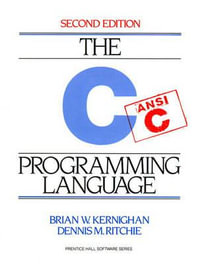
Measurements, Modelling and Simulation of Dynamic Systems
By: Edward Layer (Editor), Krzysztof Tomczyk (Editor)
Hardcover | 4 February 2010
At a Glance
Hardcover
$285.54
Aims to ship in 7 to 10 business days
ISBN: 9783642045875
ISBN-10: 3642045871
Published: 4th February 2010
Format: Hardcover
Language: English
Number of Pages: 168
Audience: Professional and Scholarly
Publisher: Springer Nature B.V.
Country of Publication: DE
Dimensions (cm): 23.39 x 15.6 x 1.12
Weight (kg): 0.41
Shipping
| Standard Shipping | Express Shipping | |
|---|---|---|
| Metro postcodes: | $9.99 | $14.95 |
| Regional postcodes: | $9.99 | $14.95 |
| Rural postcodes: | $9.99 | $14.95 |
How to return your order
At Booktopia, we offer hassle-free returns in accordance with our returns policy. If you wish to return an item, please get in touch with Booktopia Customer Care.
Additional postage charges may be applicable.
Defective items
If there is a problem with any of the items received for your order then the Booktopia Customer Care team is ready to assist you.
For more info please visit our Help Centre.
You Can Find This Book In
This product is categorised by
- Non-FictionEngineering & TechnologyTechnology in GeneralEngineering in General
- Non-FictionReference, Information & Interdisciplinary SubjectsResearch & InformationInformation theoryCybernetics & Systems Theory
- Non-FictionEngineering & TechnologyTechnology in GeneralMaths for Engineers
- Non-FictionComputing & I.T.Computer Networking & Communications
- Non-FictionEngineering & TechnologyElectronics & Communications EngineeringElectronics Engineering
- Non-FictionComputing & I.T.Computer ScienceArtificial Intelligence
- Non-FictionMathematicsApplied Mathematics
- Non-FictionComputing & I.T.Digital Lifestyle & Online World: Consumer & User GuidesInternet Guides & Online Services
























